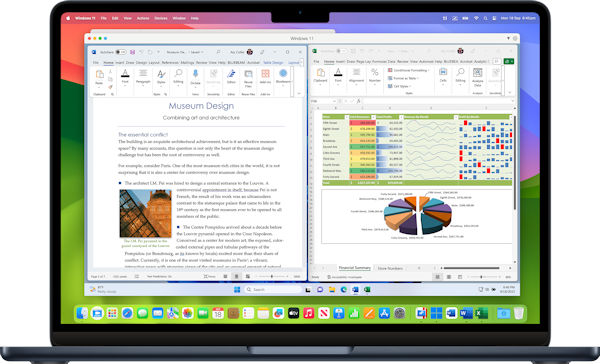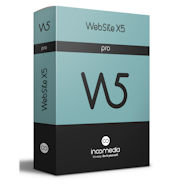The Parallels Desktop 20.3 update is now available. The latest version of the virtualization software for Mac introduces new features and improved compatibility.
First things first: Why Parallels Desktop is exciting for Mac users
Parallels Desktop is a leading virtualization software that allows Mac users to run Windows, Linux, or other operating systems alongside macOS without rebooting. It seamlessly integrates virtual machines into the Mac workflow: users can drag and drop files between systems or easily copy and paste text and images.
Developers benefit from the ability to create multiple environments for testing and builds directly on their Mac, while content creators can run Windows applications like Photoshop or Premiere without needing a separate PC.
Parallels Desktop supports all common guest operating systems, offers pre-configured installation wizards, and includes over 50 free productivity tools to boost workflow efficiency.

Thanks to optimization for Apple’s M-series chips, virtual machines deliver excellent performance and energy efficiency—ensuring smooth operation even for demanding applications.
Now let’s take a look at what’s new in Parallels Desktop 20.3
Parallels Desktop 20.3 Update: New Features and Improved Compatibility
Parallels Desktop 20.3 is now available for download, targeting developers, IT teams, and creatives with a set of powerful new features.
Enhanced x86_64 Emulation and Full M4 Chip Support
Version 20.3 brings numerous improvements to x86_64 emulation on Apple Silicon Macs. Parallels has added support for the SSE 4.2 instruction set, which is required by many modern operating systems.
Additionally, a new fix allows for the creation and execution of x86_64 Windows VMs on Macs with M4 chips, enabling older applications to run on Apple’s latest hardware.
USB Passthrough for macOS VMs
Starting with Parallels Desktop 20.3, external USB devices can be directly passed through to a macOS VM running macOS Sequoia 15 or later. This is particularly useful for development and testing scenarios that require hardware keys, sensors, or specialized peripherals.
Note: Limitations still apply to iPhone connections, as not all USB devices are supported by Apple’s Virtualization Framework.
Support for Virtual OBS Cameras in Windows VMs
A new feature allows macOS-based OBS virtual cameras to be used as input sources within Windows applications. This is especially helpful for livestreaming or video calls, where creative camera feeds can now be accessed from within Windows software like Zoom or Teams.
Enforced Single Sign-On (SSO) via MDM
IT administrators can now enforce SSO-only activation of Parallels Desktop through MDM configuration profiles, with no fallback to license keys. This improves security and simplifies license management in enterprise environments.
Touch ID for Installation and System Settings
This version removes the previous limitation where macOS users had to enter their admin password. Now, Parallels Desktop installation and configuration can be authenticated via Touch ID, significantly speeding up the workflow.
Parallels Desktop 20.3 – The Virtualization Platform for Mac Users
With these new features and fixes, Parallels Desktop 20.3 further strengthens its position as the most flexible and powerful virtualization platform for Mac users. Its deep integration with Apple’s operating systems and hardware ensures that both private and business users benefit from stable, secure, and high-performance virtual machines.
👉 Check out all the details from the developer here (as of late April 2025, there’s a 25% discount – even for upgrades!)
Source: Team Lewis





 Create professional websites and online shops without programming:
Create professional websites and online shops without programming:
